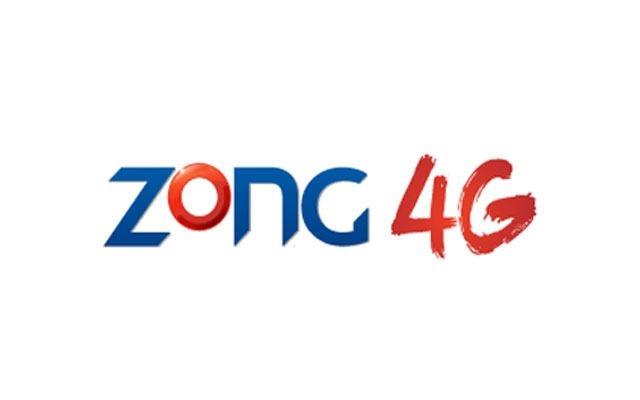Learn what is the Mac Error Message Dictionary and how to fix it.
Have you encountered perplexing error messages while using your Mac? These messages pop up at inconvenient times and may disrupt your workflow. However, fear not because here’s a comprehensive guide to understand what the distressing Mac error messages mean and how to troubleshoot with finesse. Let’s embark on a journey to decode the jargon.
Can’t Empty The Trash Error (Error Code – 8003)
The error code – 8003 typically occurs when you try to empty the Trash, and the system prevents you from doing so. This might be because of permission issues with the file in question or because the file is corrupt.
You can fix the error by holding the Option key and clicking Empty Trash. This will force the Trash to empty itself and remove locked files, causing this error.
“Erase Assistant Is Not Supported On This Mac” Error
Before selling or giving away your Mac to someone else, it is crucial you delete all the data stored in your Mac. You can erase all the settings and content so the next person can use a refreshed machine.
Mac has specific built-in tools to help you erase all content and settings. And this is where the Erase Assistant (macOS Monterey or later) comes in handy. The tool allows users to clean their Mac in simple steps. But sometimes, this built-in tool may act up, and you may see the “Erase Assistant is not supported on this Mac” error.
To know how to get Erase Assistant to work, click this article on: https://setapp.com/how-to/erase-assistant-is-not-supported-on-this-mac.
This blog explores why you may see the error on your screen and offers solutions. It also names some third-party apps that can help you overcome the error and continue with your tasks.
“The Disk Is Almost Full” Error
This error appears when your storage space is almost full. You may see the message when trying to download more items. It might be caused by too many apps or heavy files or because you have not cleared the storage in a long time.
The solution is simple. Follow these steps:
- Empty the Trash and ensure to do this whenever you remove files from any location on the computer.
- Target the Downloads folder and delete the files taking up a lot of space. This folder is one that accumulates larger files that are mostly unnecessary. Delete them to free up space.
- Remove all the duplicate files and also large photos and videos. You can clear caches, cookies, and other redundant data that takes up unnecessary space on your Mac.
To check the state of Mac’s storage, go to About This Mac > Storage and see which type of files take up most of the disk space. These might be videos, photos, or downloaded apps you no longer need.
If the error message still appears after you have manually scoured your system and deleted the files, you may want to erase all content and settings and give your system a fresh start.
“You Can’t Open The Application Because It Is Not Supported On This Type Of Mac” Error
This is a common error message due to an outdated operating system. You may also see this message because the app’s version and Mac’s OS are not in sync.
The solution is to upgrade the program to the most recent version available by going to the App Store. If the message appears even after the update, go back to the old edition of your Mac. This will ensure that your computer and the program are compatible.
“Your Computer Was Restarted Because Of A Problem” Error
If your Mac has restarted unexpectedly and you see this message on the screen, it means kernel panic has occurred. This is one of the least common Mac problems but sends shivers down the spine of the users.
A kernel panic is most likely caused due to faulty software. It might also be caused by incompatible or damaged hardware, including external devices attached to your computer.
If the faulty software is identified, you can move it to the Trash and solve kernel panic. But if you continue to experience kernel panics and cannot identify the faulty software, try the following solutions:
- Restart your system in Safe mode and install any available updates.
- Uninstall the plugins and other enhancement software from manufacturers other than Apple. Also, check whether the apps and software installed on your Mac are compatible with your recently installed new macOS version.
- Disconnect all external devices except the Apple keyboard and mouse. Also, remove hardware upgrades from other manufacturers and then restart your Mac.
- Run Apple Diagnostics to diagnose and fix the problem.
So, these are some error messages that have Mac users perplexed. How many did you know? If you want to add more to this list, leave a comment without hesitation.






